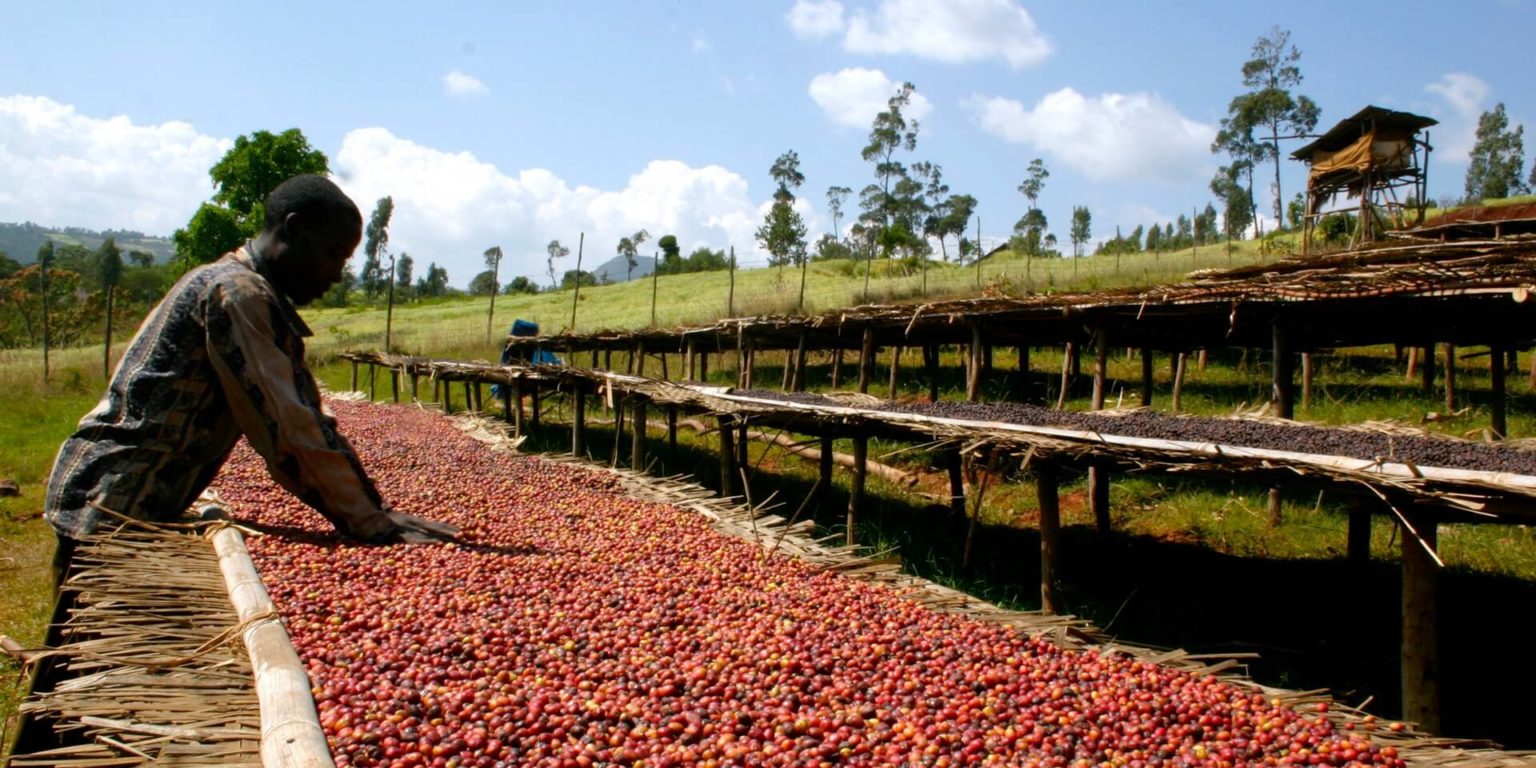
Coffee Production in Ethiopia
A New Era for Ethiopian Coffee
The list of things compelling enough to keep me on a plane for more than 20 hours is short, but coffee is definitely on it. Fortunately for me, there is typically plenty of coffee on the other side of my travel marathons, as was the case when I flew to Ethiopia in December to check on the harvest’s progress. In this blog, I’ll discuss some of my observations regarding the Ethiopian coffee industry and how it’s adapting to recent liberalization that I made during the trip.
The Market for Ethiopian Coffee
Ethiopia presently exports just approximately half of the coffee it produces, leaving the other half to be consumed domestically. As soon as you step foot in Ethiopia, it is clear that coffee is an integral component of the culture and daily life. Plastic tarp cafes line the streets of Addis Ababa’s capital, as well as more distant areas like Jimma and Hawassa, serving freshly roasted, ground, brewed, and served coffee, or bu’na, from a clay pot called a jebena. The scent of burning frankincense that accompanies the coffee ceremony will always remind me of Ethiopia, as it can be smelled almost anywhere.
Given Ethiopia’s prominence in the United States, I was startled to learn that the United States is only the fourth largest buyer of Ethiopian coffee, accounting for just under 9% of total exports. When it comes to purchases as a percentage of overall exports, the US trails Germany, which buys 20%, Saudi Arabia, which buys 18%, and Japan, which buys little more than 9% of total exports. Ethiopian coffee is valued more by Ethiopians than by US roasters and consumers—coffee sells for greater prices in the local market than it does globally, especially for ‘export-quality’ (i.e. specialty-grade) coffees.
A New Era for the Ethiopian Commodity Exchange
The Ethiopia Commodity Exchange (ECX) mandated that all private washing stations (those not affiliated with farmer cooperatives such as the Sidama and Yirgacheffe Unions) sell their coffee through the ECX platform from 2008 to 2017. Private washing stations and plantations without the facilities or license to export would sell their coffee to the ECX under this strategy. The ECX would then assign a basic cup score to this coffee, as well as its origin (Sidama or Yirgacheffe), and sell it to licensed exporters through a bidding process based on its quality and geographical classification.
Though the ECX model was created to improve efficiency and give smallholders with market access, the classification process had the unintended consequence of reducing lot transparency and traceability. To put it another way, obtaining information about a specific cooperative or washing station associated with a lot was challenging. Producers without export permits were also unable to sell their coffee directly to international purchasers, limiting direct trading links between roasters and these groups.

Fortunately, the age of export restrictions and obscurity appears to be coming to an end. All private producer groups, including estates, washing stations, and even smallholders, can now export coffee directly to overseas buyers without going via the ECX, thanks to new legislation passed last year.